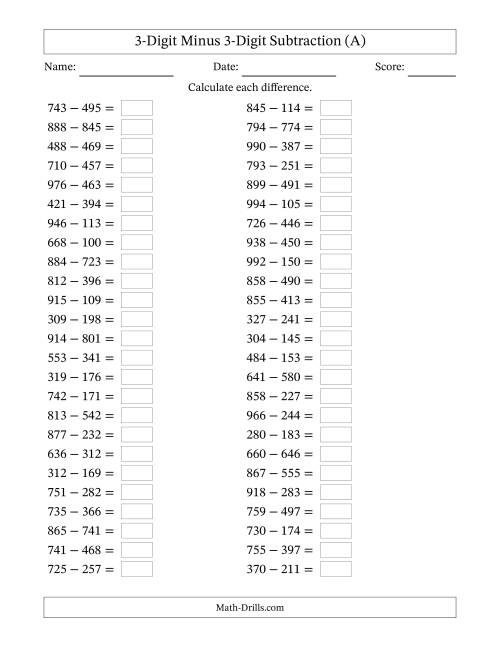


A favorite activity ofmy students is to make clay tablets and to write stories in the soft clay in cuneiform using a stylus. As part of this unit, I cover the cuneiform language of these civilizations. The Sumerians and Babylonians are two of the civilizations that we have covered inclass. It is reasonable to assume, but not proven by any evidence, that the normal system in use was a pure base-20 system.By Mark Swanson The Babylonian Number SystemEssential Questions:Why did the Babylonians use a number system based on 60 instead of 10? How did the Babyloniannumber system work? How was the Base 60 number system different from a Base 10 numbersystem?Why this topic?As a social studies teacher, I often have to teach about the early civilizations that developed inMesopotamia. In fact, every known example of large numbers uses this 'modified vigesimal' system, with the third position representing multiples of 18×20. (Some hypothesize that this was an early approximation to the number of days in the solar year, although the Maya had a quite accurate calculation of 365.2422 days for the solar year at least since the early Classic era.) Subsequent place values return to base-twenty. This is supposed to be because 360 is roughly the number of days in a year. The Long Count changes in the third place value it is not 20×20 = 400, as would otherwise be expected, but 18×20, so that one dot over two zeros signifies 360. In the "Long Count" portion of the Maya calendar, a variation on the strictly vigesimal numbering is used. The left column uses Maya numerals to show a Long Count date of 8.5.16.9.7, or 156 CE. In the calendarĭetail showing three columns of glyphs from La Mojarra Stela 1. However, the Olmec civilization had come to an end by the 4th century BC, several centuries before the earliest known Long Count dates-which suggests that zero was not an Olmec discovery. Indeed, many of the earliest Long Count dates were found within the Olmec heartland. However, since the eight earliest Long Count dates appear outside the Maya homeland, it is assumed that the use of zero predated the Maya, and was possibly the invention of the Olmec. A shell glyph - was used as a zero symbol for these Long Count dates, the earliest of which (on Stela 2 at Chiapa de Corzo, Chiapas) has a date of 36 BC. The Maya/ Mesoamerican Long Count calendar required the use of zero as a place-holder within its vigesimal positional numeral system. If there are not enough bars, a dot is removed from the next higher minuend symbol in the column and four bars are added to the minuend symbol being worked on. If there are not enough dots in a minuend position, a bar is replaced by five dots. Similarly with subtraction, remove the elements of the subtrahend symbol from the minuend symbol: If four or more bars result, four bars are removed and a dot is added to the next higher column. If five or more dots result from the combination, five dots are removed and replaced by a bar. Īddition is performed by combining the numeric symbols at each level:

These face number glyphs were rarely used, and are mostly seen only on some of the most elaborate monumental carving.Īddition and subtraction: Adding and subtracting numbers below 20 using Maya numerals is very simple. The face glyph for a number represents the deity associated with the number. Other than the bar and dot notation, Maya numerals can be illustrated by face type glyphs or pictures. The powers of twenty are numerals, just as the Hindu-Arabic numeral system uses powers of tens. The number 429 would be written as one dot above one dot above four dots and a bar, or (1×20^2) + (1×20^1) + 9 = 429. Upon reaching 20^2 or 400, another row is started. The first dot represents "one twenty" or "1×20", which is added to three dots and two bars, or thirteen. For example, thirty-three would be written as one dot above three dots, which are in turn atop two lines. Numbers after 19 were written vertically in powers of twenty.


 0 kommentar(er)
0 kommentar(er)
